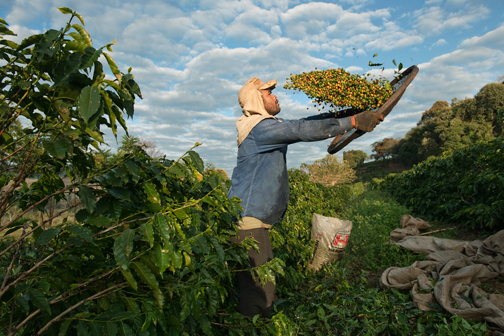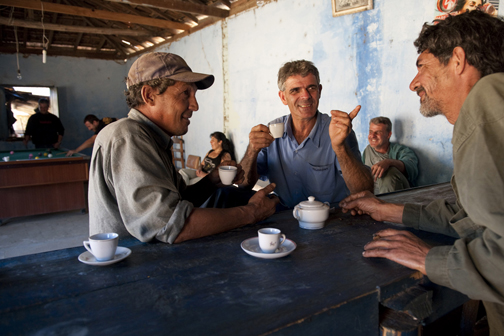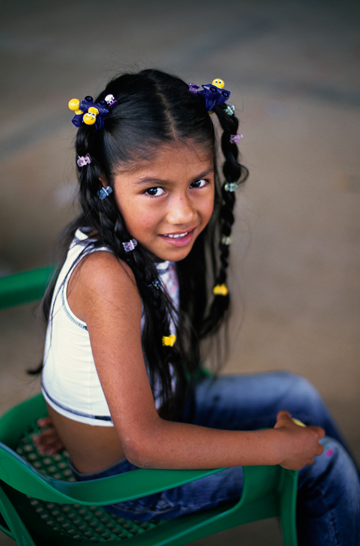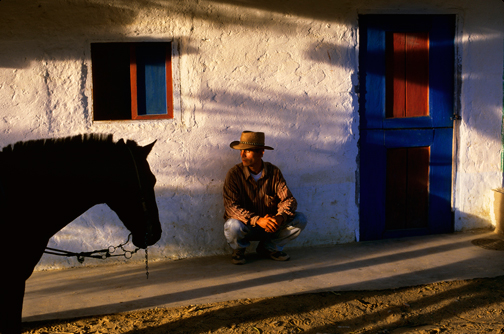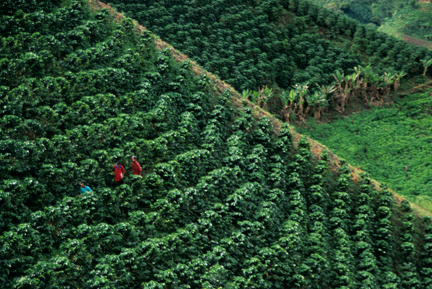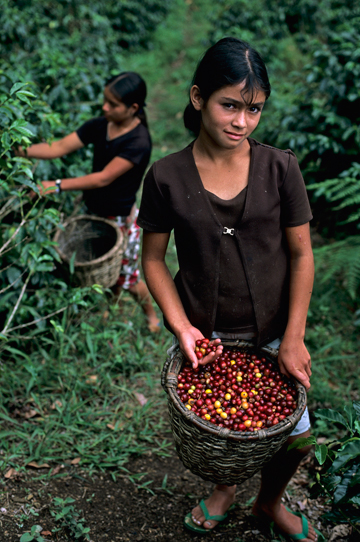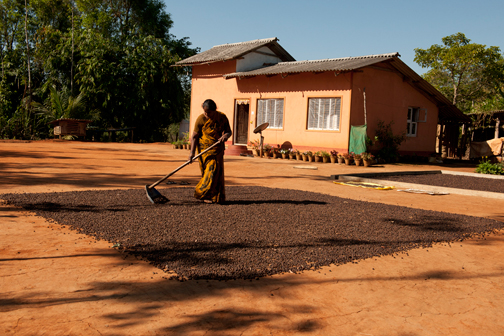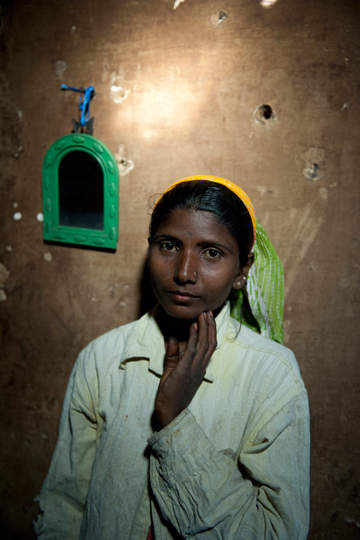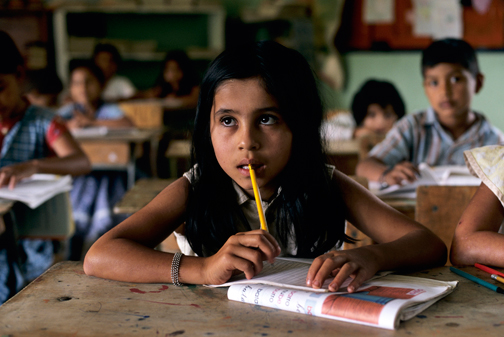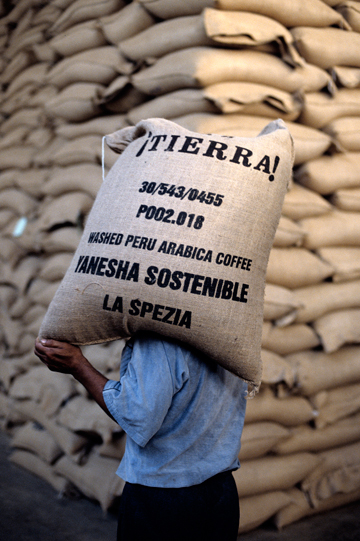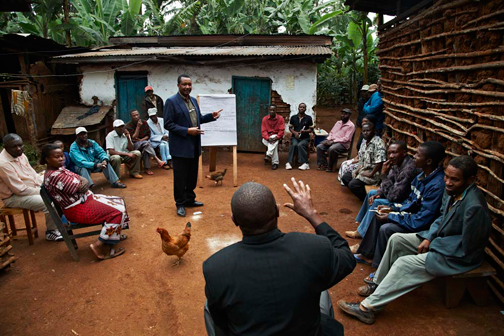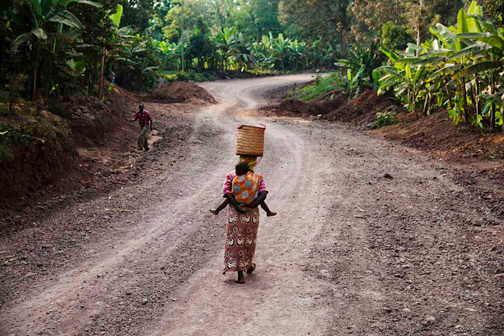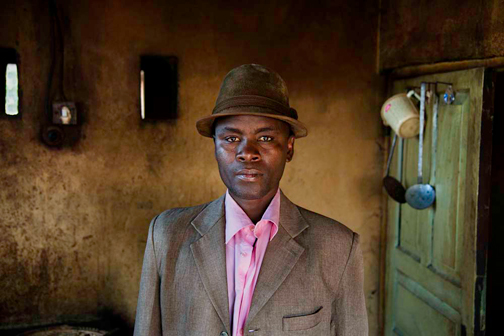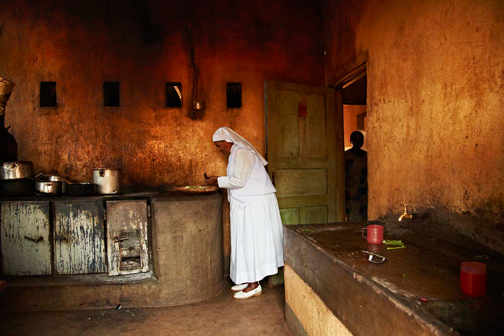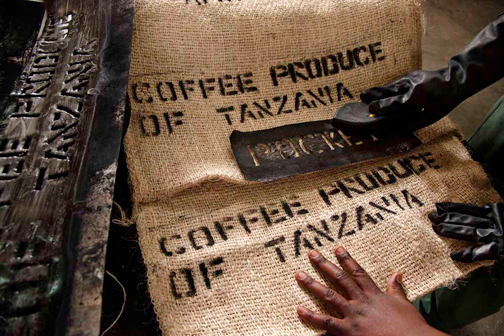¡TIERRA!, Lavazza's Responsible Choice, Part 2
 In my previous post, I contrasted the sustainable and socially responsible choice that Luiggi Lavazza made in 1935 to change his business vision, with the choice of greed that some American corporations indicated they will make in 2014 when a new health care law goes into effect.
In my previous post, I contrasted the sustainable and socially responsible choice that Luiggi Lavazza made in 1935 to change his business vision, with the choice of greed that some American corporations indicated they will make in 2014 when a new health care law goes into effect.
From Lavazza's Code of Ethics page (yes, a stated code of ethics) on their website:
The Lavazza Group has always been committed to observing all legislation applicable to the various business units, in the firm belief that the way in which business is conducted is just as important as the profits achieved and that nobody should operate under the false assumption that business targets are more important than legal and ethical standards.
¡TIERRA! is a project that demonstrates the Lavazza Foundation's commitment to a sustainable and socially responsible business model. The project started in 2002 and involves six coffee growing communities in Honduras, Peru, Colombia, India, Brazil and Tanzania. The project is focused on three key initiatives, the quality of the product sold to consumers. the living conditions in countries where the coffee is produced, and environmental protection. Logic tells me these intitavies are smart, long-term benefits to all, and not short-term benefits for a few. The success of this project is demonstrated by the fact that in 2009, three communities in Peru, Honduras and Colombia are now autonomous.
Lavazza ¡Tierra!, is the product that is the result of this project. It is a coffee that is 100% Arabica that is produced fully from sustainable farming. It's certified by the Rainforest Alliance, an non-governmental organization that I will write more about next week. They are an excellent organization, with rigid standards required for their certification. The certification has been received for the coffee produced by the Peru, Honduras and Colombia communities, and is being pursued for the India, Brazil and Tanzania communities.
The coffee has a beautiful color, an enticing aroma, and bold, deep flavor without any burnt or acidic notes in the either the flavor or finish. I like it. A lot. When I first saw the Good Coffee, Good Karma tagline, the skeptic in me came out. After this roundtable though, I'm a firm believer that this tag line is apt. Let's a take a look at the Tanzania project as one example that kicked the skeptic to the curb.
In Tanzania, the project involves 750 local producers and their families. A school has been built, MaseRing Nursery School in the village of Maande in the Kirua region. The village sits at an altitude of slightly more than 3,900 feet on the slopes of Mount Kilimanjaro. The school will function as a the hub of the community will use Montessori method to the teach children, enabling them to work towards their future human potential. The school will also be used for adults to meet and organize, and attend adult training sessions. The goal here is for the Tanzania community to achieve independence like the ¡Tierra! communities in Peru, Honduras and Colombia. From a Lavazza Press kit about the Tanzania ¡Tierra! community:
The main phases to achieve independence will have to be carried out in Tanzania as well: improving the living conditions, social development and economic growth of farming communities, improving the liveability of the territory, developing high-quality productions that are increasingly ecological and profitable, thanks to new agricultural techniques and production tools, aimed at greater competitiveness and independence.
In detail, the new ¡Tierra! phase in Tanzania saw the involvement of 750 coffee-growers and their families, for a total of about 3,750 people. The work carried out benefited from the ongoing collaboration of international and local partners, including Kirua West Cooperative Union (KWCU), Kirua Children Association (KChA), Kilimanjaro Native Cooperative Union (KNCU), Tanzania Coffee Research Institute (TaCRI), Tanzania Coffee Board (TCB), and City Coffee Ltd.
The ¡Tierra! project in Tanzania is aimed at providing constant training to coffee-growers, guaranteeing the quality of their product and improving economic and social sustainability, thus enabling them to access the international market and, in the near future, also to sell their coffee independently and in a competitive way.
There's nothing more that I can add to that except thank you to Lavazza for doing this, and to encourage you to look for all Lavazza products where you shop. You can go here to find ¡TIERRA!, scroll down to the fifth row. Amazon.com also carries it through the same seller as the previous link.
Steve Mc Curry is an excellent photographer, and storyteller whose work is world-renowned. He's taken the journey with ¡TIERRA! since the start, and here are some of his photographs that Lavazza provided at the roundtable. Click on a thumbnail, and the gallery will open on separate page where you can click through all the images.
Next week, I will write about the participants in the roundtale, Daniel R. Katz, founder and board chair of Rainforest Alliance, Ana Paula Tavares, executive vice president of Rainforest Alliance, Carlo Petrini, founder and chairman of SlowFood, and Giuseppe Lavazza, vice president of Lavazza, and what was discussed.

